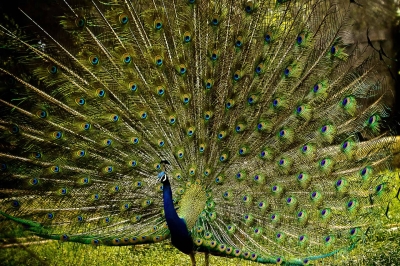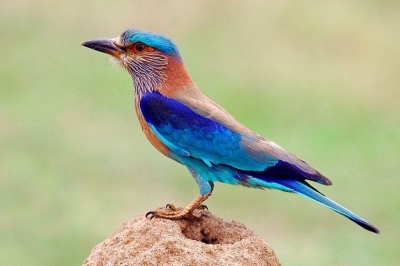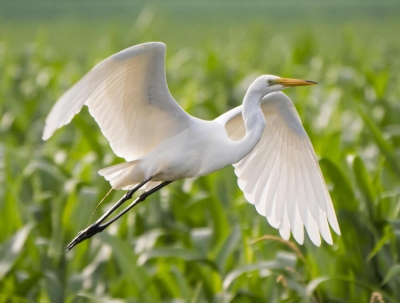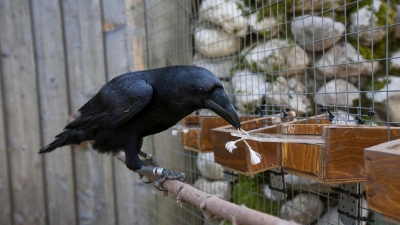What are the fun facts of peafowl?

Peafowl is belonging to the pheasant family. It is native to Asia. It is among the largest flying birds. Male peafowl is called peacock, while female is called peahen.
Peahens are mostly brown on their back with a white belly, while peacocks have long, colorful tail feathers. Both have a crest on their head and green neck feathers.
Males use their large train in courtship displays. They spread it out into an arch-shaped fan, flaunting the colourful “eye” markings of blue, gold, red, and other hues. It is an omnivore feeding on insects, amphibians, flowers, and seeds. Its main predators are tigers, leopards, and mongoose. When it senses danger, it flies and hides in the trees.
When the breeding time comes around each year, the peacock will try to impress the peahen as much as possible. Apart from displaying his feathers and train, he will also guard his territory and make a loud noise to ward off other males. In areas of Asia where the peacock is hunted, they are not often seen and remain wary and shy of their surroundings. However, the Indian peacock is protected in many parts of Asia for personal or religious reasons.
Picture Credit : Google


